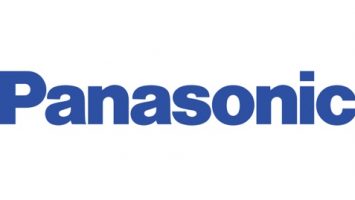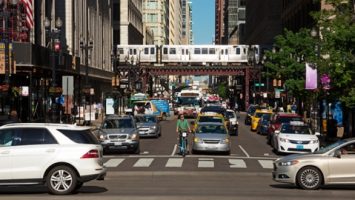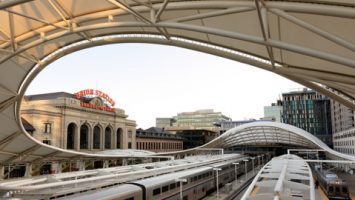
Beginning this fall, students in the city of Sacramento, California will be able to use public transit for free. Sacramento Regional Transit (Sac RT) will distribute stickers to school districts to be given to students and attached to their student ID’s. Potentially, the free pass could be used by approximately 100,000 students, but Sac RT estimates the number of riders will be closer to 40,000 – which is a 600% increase.
The policy includes the following:
- Eligibility – the initiative will provide fare-free transit to youth in grades K-12 who live or attend school within the City of Sacramento. This program will also include youth experiencing homelessness and foster youth who reside in the City of Sacramento;
- Enactment – the initiative will provide for universal access (all day, any day of the week, all year, any SacRT transit line) to fare-free transit – buses and light rail service; and
- Access – partnerships with local districts to distribute through schools will provide the access for the greatest number of eligible youth.
Sacramento City Council member, Jay Schenirer, said, “This is an important investment in our neighborhoods, in our young people, and in our economy. It’s a win for SacRT, for the schools, for economic development–it’s absolutely good for young people to be able to get where they’re going. And it’s good for the climate too. We could make a significant dent in vehicle miles traveled if we can reduce the number of school trips.”
The City of Sacramento will provide $1 million from its general fund to offset any potential revenue losses to SacRT. The general fund is supported in part by Measure U, a one-cent sales tax that has been approved and extended by city residents. The program will be offered for one year and then evaluated.
“And if we can create lifetime public transit riders, investing this money now will pay off over time, once these kids become adults and know that riding transit is a good way to get around,” Schenirer added. “It will make a big difference in the lives of young people and their communities.”


